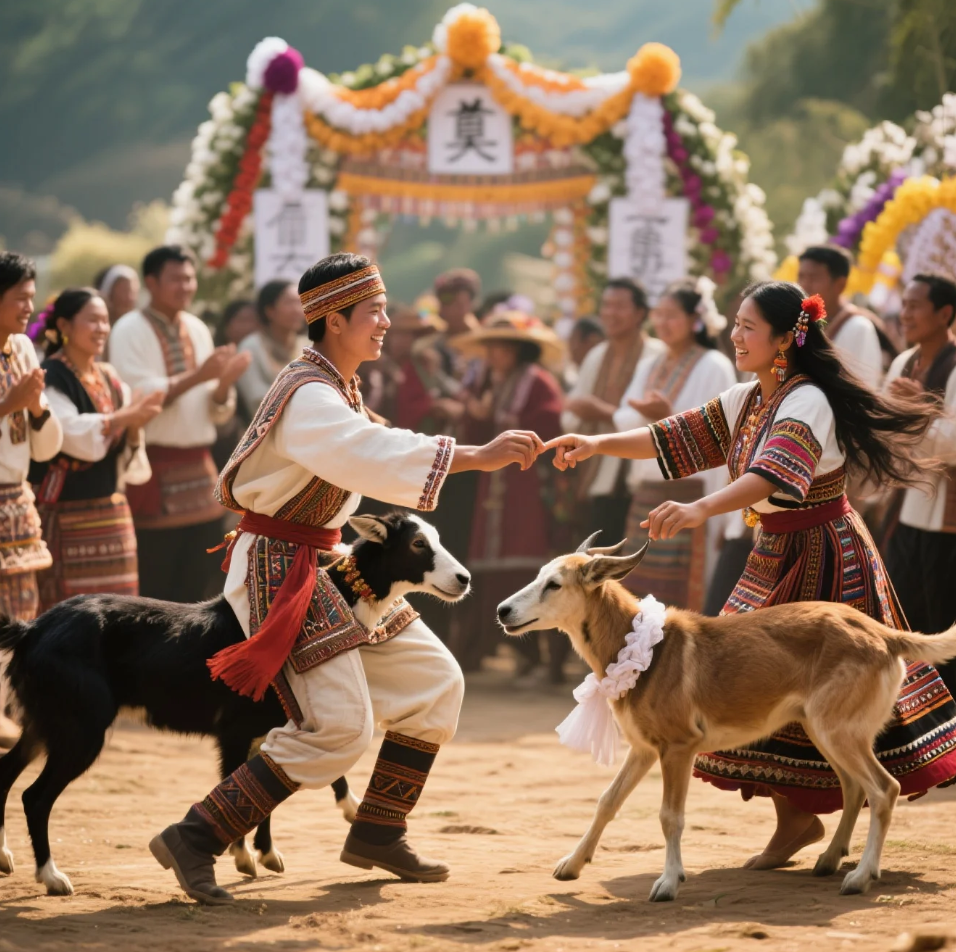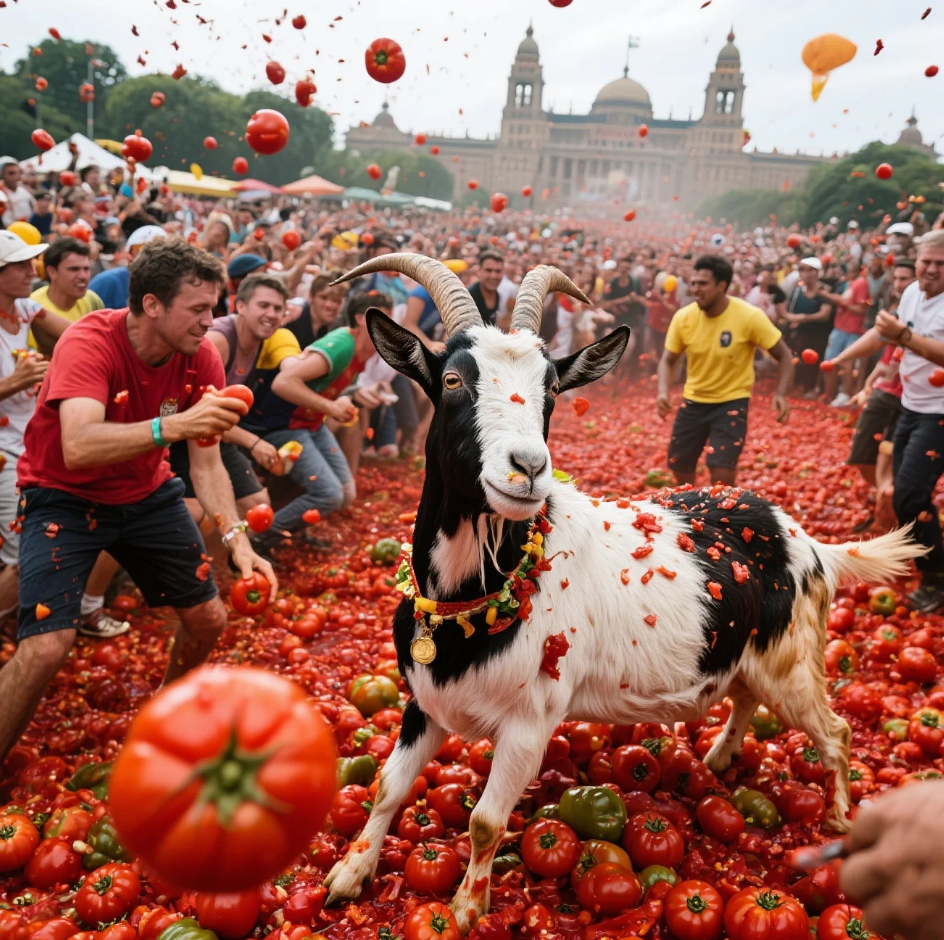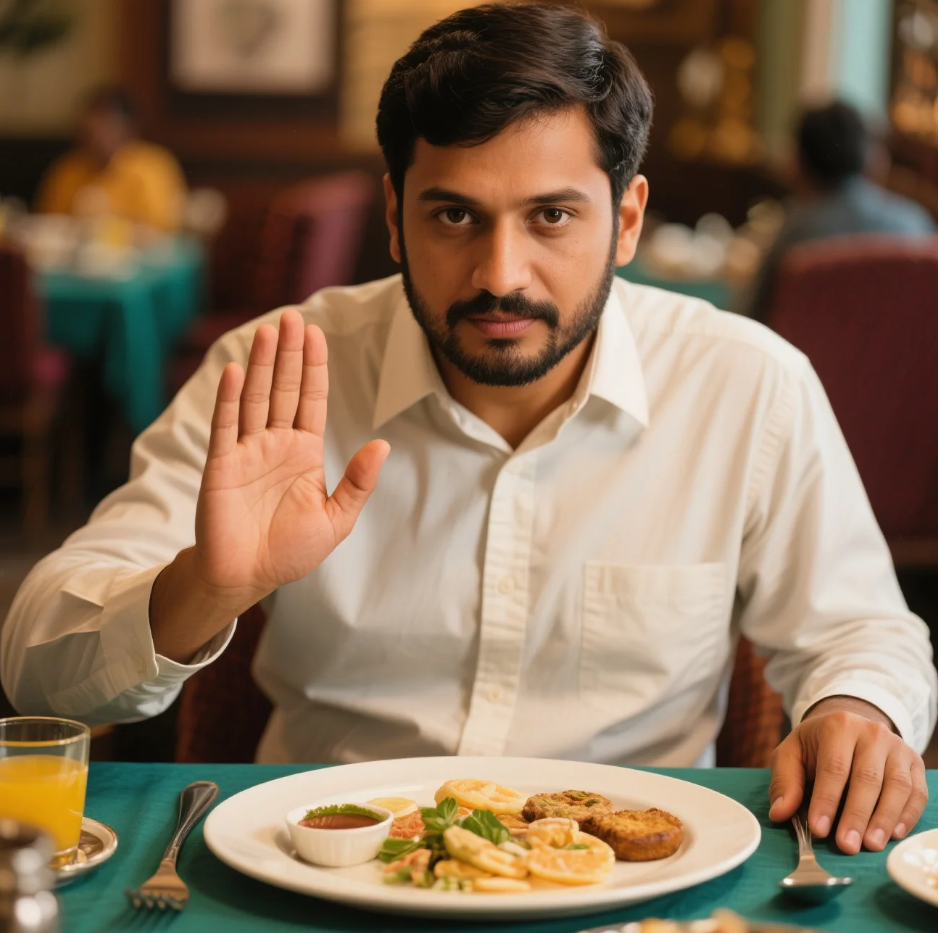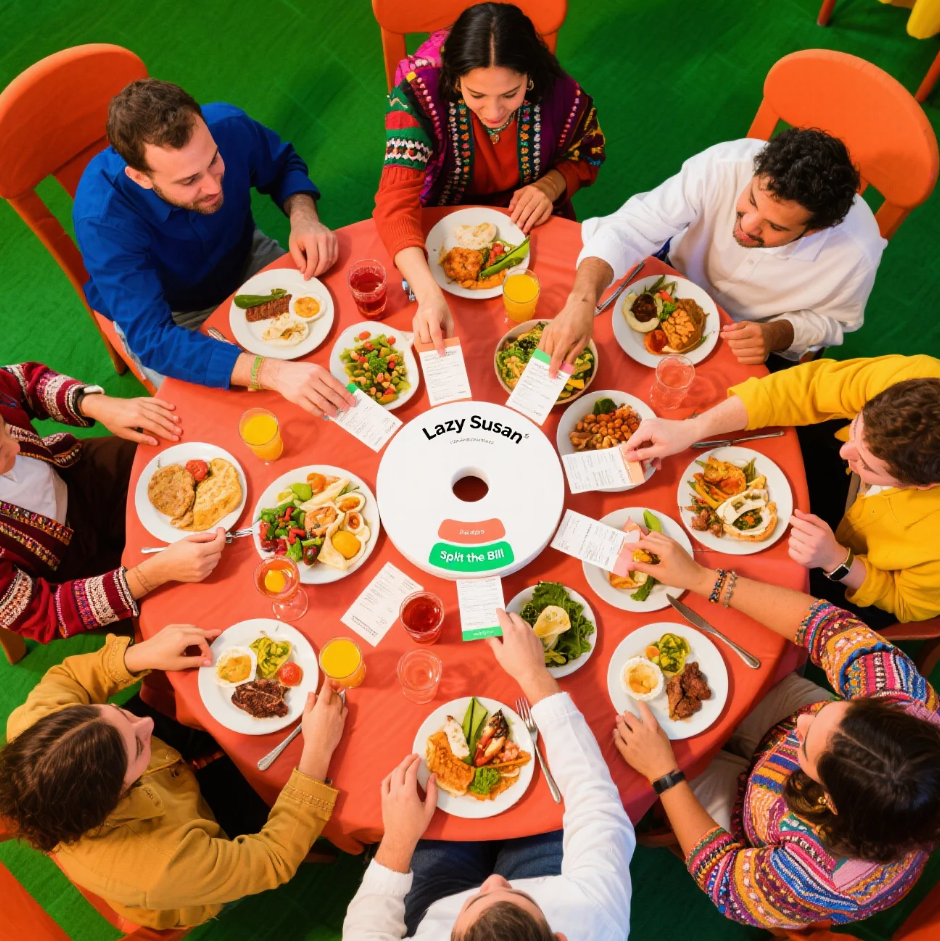
When we think of Halloween, the first images that pop into our heads are usually spooky costumes, pumpkin carving, and of course, the classic ritual of “trick or treat.” But did you know that the tradition of going door-to-door asking for sweets isn’t confined to the United States or even just English-speaking countries? Around the world, children celebrate Halloween and similar festivals in many fascinating, unique, and sometimes downright surprising ways.
In this article, we’re taking a global trip to explore how kids across different countries experience the joy, fun, and sometimes the spookiness of “trick or treat.” From unexpected rituals to local twists, let’s uncover the rich cultural tapestry behind Halloween and its relatives.
What is Trick or Treat? A Quick Background
The phrase “trick or treat” comes from a centuries-old tradition tied to All Hallows’ Eve (October 31st), where children would go from house to house, offering a “trick” (a harmless prank) if they didn’t receive a “treat” (usually sweets or coins). The custom has roots in medieval Europe’s “souling” and “guising” traditions, where people would dress in costumes and perform in exchange for food or money.
Today, the modern “trick or treat” ritual is a playful social exchange, mostly centered on candy. But cultural variations abound, and not every country follows the same script.
United States and Canada: The Classic Experience
In North America, Halloween is a huge event. Children don elaborate costumes — from ghosts and witches to superheroes and pop culture icons — and roam their neighborhoods shouting “trick or treat!” at every doorstep. Houses often compete for the most creative decorations, and communities organize pumpkin carving contests and haunted houses.
Candy reigns supreme: chocolates, gummy bears, candy corn — you name it. Safety is a big concern, so parents often accompany younger children or organize groups. This highly commercialized, yet warmly communal experience sets the benchmark for Halloween celebrations worldwide.
Mexico: Día de los Muertos – A Festive Reminder
While Mexico’s famous Día de los Muertos (Day of the Dead) takes place on November 1st and 2nd, it’s closely linked to Halloween and often misunderstood abroad. Rather than “trick or treat,” Mexican children celebrate by honoring their ancestors with colorful altars, marigolds, and sugar skulls.
Some regions incorporate children’s activities that resemble trick or treating, where kids receive “calaverita” candies shaped like skulls or small toys, but the tone is celebratory rather than spooky or mischievous.
The spirit of Día de los Muertos combines remembrance with festivity — a unique cultural perspective on death, family, and community that contrasts sharply with the fright-focused Halloween of other countries.
Ireland and Scotland: The Birthplace of Halloween Traditions
Ireland and Scotland are where many Halloween traditions originated. Here, children still practice “guising,” which means dressing up and performing a trick — such as singing a song or telling a joke — before being rewarded with treats. Unlike the straightforward “trick or treat” call, guising emphasizes performance and interaction.
Another charming custom is “snap-apple,” where children try to bite into apples hanging on strings, adding a playful and sometimes hilarious twist to the festivities.
Despite globalization, many traditional Halloween games and superstitions are still alive here, giving the holiday a distinctly Celtic flavor.
Japan: Kawaii Meets Spooky
In Japan, Halloween has been embraced primarily as a costume party and cosplay event, especially in urban centers like Tokyo. Kids and adults alike dress up, but the “trick or treat” tradition is not widely practiced as in the West.
However, in recent years, some shopping malls and communities have begun organizing “trick or treat” events where children can safely visit stores to collect sweets. It’s more commercial and controlled, emphasizing fun and cuteness over scary elements.
Japanese Halloween uniquely blends Western horror icons with the country’s vibrant pop culture, resulting in some of the most creative and colorful costumes anywhere.
Italy: La Befana and Other Festive Traditions
Italy’s Halloween is growing in popularity, but it doesn’t have a long native history of “trick or treat.” Instead, Italian children traditionally look forward to La Befana — a kind witch who visits on January 6th, delivering sweets or coal depending on the child’s behavior.
In recent years, some Italian towns have adopted “trick or treat” parties, especially in larger cities and tourist areas, but it’s usually a family or community event rather than spontaneous neighborhood visits.
Halloween in Italy often overlaps with All Saints’ Day (November 1st), a solemn day of remembrance, making it a blend of fun and respect for tradition.
Germany: Halloween Meets St. Martin’s Day
Germany’s “trick or treat” customs have some similarities to the US, but they share the limelight with St. Martin’s Day on November 11th. On this day, children carry lanterns and sing songs while walking through neighborhoods to receive sweets and treats — much like a pre-Halloween ritual.
Halloween itself has become more popular, particularly among younger generations, with costume parties and pumpkin decorations, but it’s not as deeply rooted or widespread as in North America.
Interestingly, the “trick or treat” phrase is often replaced by singing or reciting poems, emphasizing community spirit and creativity.
Australia and New Zealand: A Southern Hemisphere Twist
Halloween in Australia and New Zealand is a growing phenomenon. Since these countries don’t traditionally have Halloween roots, the practice of “trick or treat” has been introduced mainly through media and cultural exchange.
Kids dress up and go door to door, but the timing is sometimes adjusted due to the warmer climate in late October — many families hold parties indoors or in community centers.
Both countries see Halloween as a fun, relatively new way to celebrate autumn, even though their seasons are reversed compared to the Northern Hemisphere. This gives Halloween a fresh, sunny vibe rather than the spooky, chilly atmosphere found elsewhere.
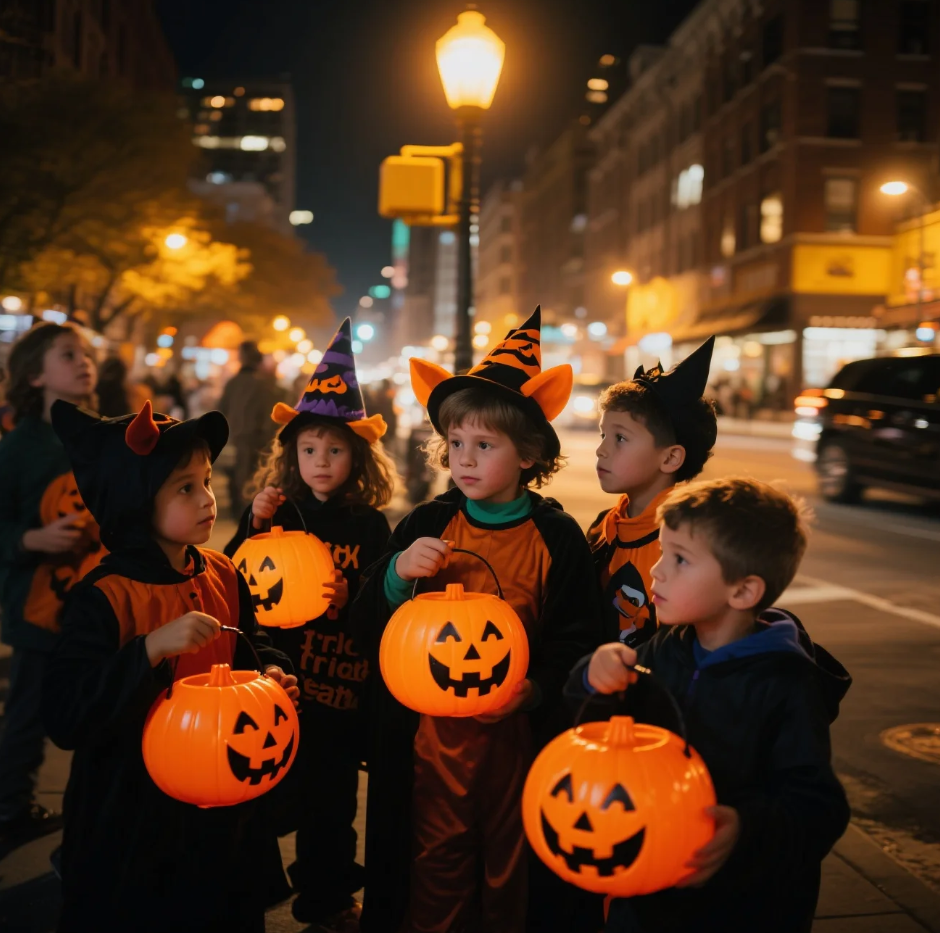
South Korea: The Candy Craze and Festival Fun
Halloween is not a traditional Korean holiday, but it’s catching on fast in urban areas like Seoul. Instead of “trick or treat,” children participate in organized events hosted by malls, schools, and expat communities.
Korean kids enjoy dressing up, and Halloween-themed candy and decorations flood stores during October. Some neighborhoods hold small-scale door-to-door candy exchanges, but it’s more structured and less spontaneous.
Halloween parties often mix Korean pop culture and Western horror motifs, creating a dynamic, energetic celebration that’s still evolving.
South Africa: A Mix of Influences and Growing Popularity
South Africa has no deep-rooted Halloween tradition, but with a diverse population, Halloween celebrations vary widely. In some communities, children do “trick or treat,” especially in suburbs influenced by Western customs.
Many schools and churches organize Halloween-themed events focused on fun and community safety. The emphasis is on costumes, pumpkin carving, and candy distribution rather than spooky pranks.
As Halloween becomes more popular, South Africa is developing its own style — often blending local cultural elements with the global Halloween spirit.
The Many Faces of “Trick or Treat”
From Ireland’s guising songs to Japan’s kawaii costumes, from Mexico’s vibrant Day of the Dead to Germany’s lantern walks, the ways children celebrate “trick or treat” or related traditions vary widely. Yet, at their heart, these celebrations share something universal — a chance for communities to come together, for kids to experience joy and a little mischief, and for cultures to express themselves in colorful, creative ways.
So next Halloween, when you see a little ghost or superhero knocking on your door, remember: you’re part of a global celebration that’s as diverse and lively as the world itself.
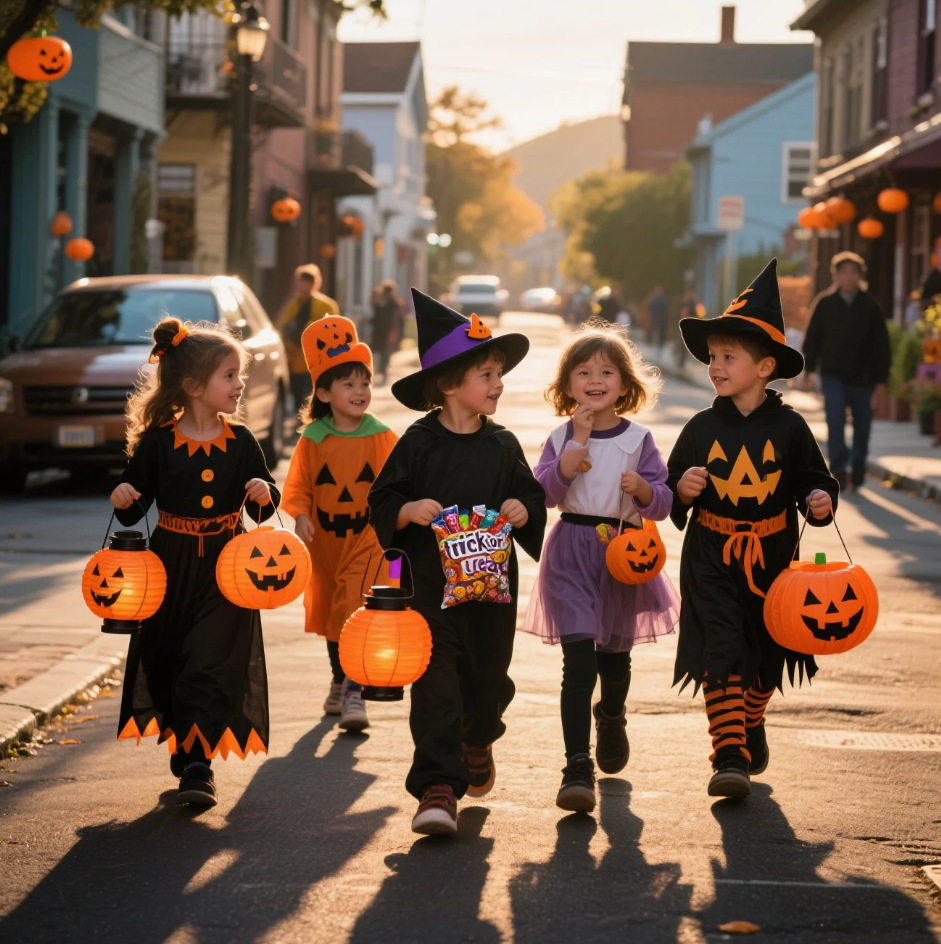
Why Understanding These Traditions Matters
In an increasingly connected world, understanding how different cultures celebrate similar festivals enriches our perspective and fosters respect. Halloween is more than just candy and costumes — it’s a lens into history, values, and community spirit across continents.
At yaptalk.top, we believe that culture connects us, and by exploring these unique holiday traditions, we can celebrate our differences and find common ground.
If you want to dive deeper into the world’s fascinating holiday customs, stay tuned to our Holiday Vibes series on yaptalk.top. Meanwhile, get your costume ready, grab some treats, and enjoy Halloween — no matter where in the world you are!









